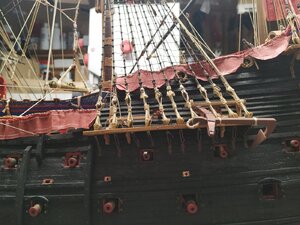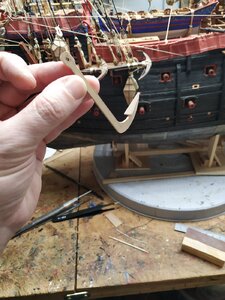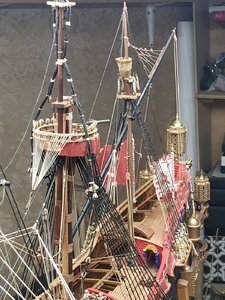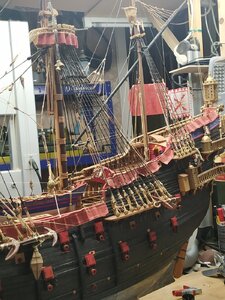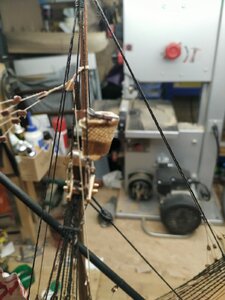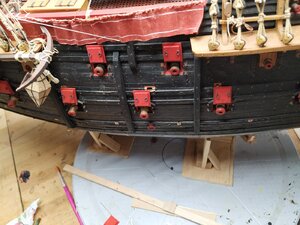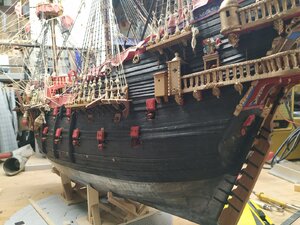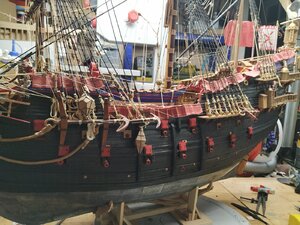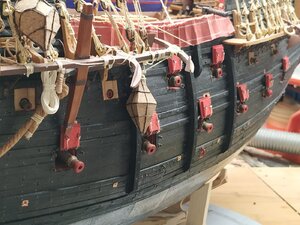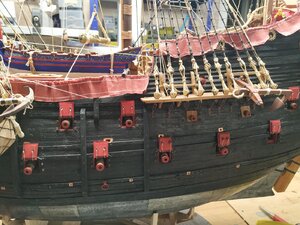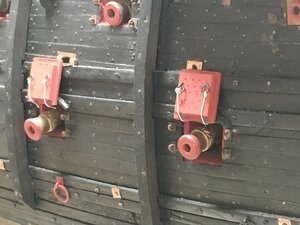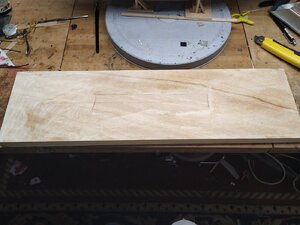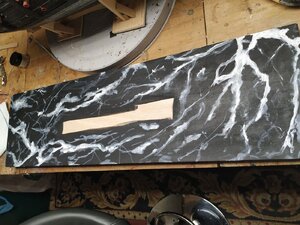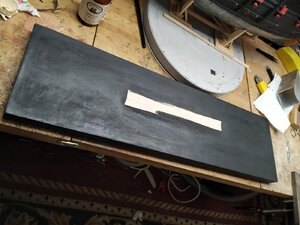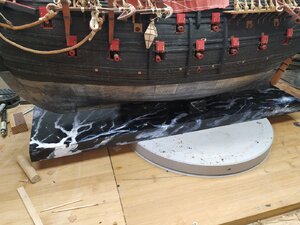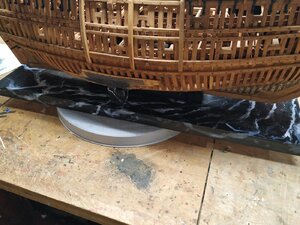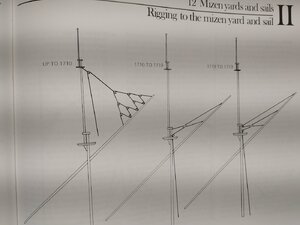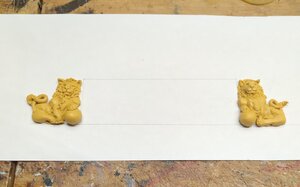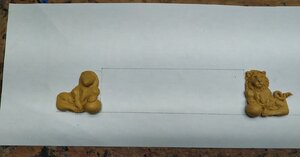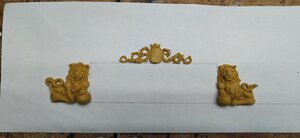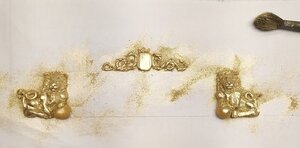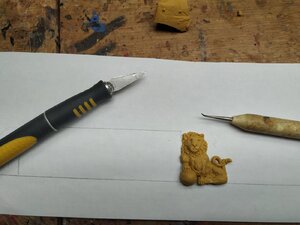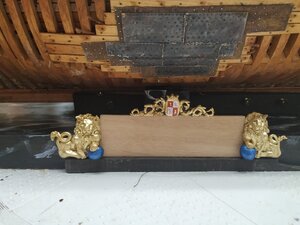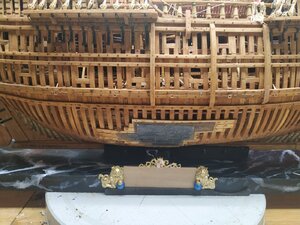In general:
Usually a Ship of the Line carried later on minimum six anchors.
Most of the anchors were used for emergency cases or as spare - and these emergency cases could happen on both sides of the ship
f.e. the definition of Best Bower: The larger of two anchors carried in the bow so named as it was the last, best hope.
additionally they carried anchors also in the hold for spare.
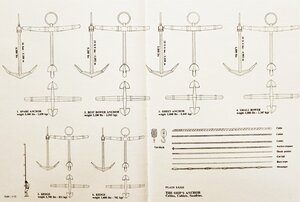
taken from Boudriots 74-gun ship
I hope that Ramon can explain more in detail the number and use of this special Galleon sailing much earlier
Usually a Ship of the Line carried later on minimum six anchors.
Most of the anchors were used for emergency cases or as spare - and these emergency cases could happen on both sides of the ship
f.e. the definition of Best Bower: The larger of two anchors carried in the bow so named as it was the last, best hope.
additionally they carried anchors also in the hold for spare.

taken from Boudriots 74-gun ship
I hope that Ramon can explain more in detail the number and use of this special Galleon sailing much earlier





